As AI art trickles into Cyprus, Alix Norman looks at its dangers and asks if you can you guess which of the images below were created by local artists, and which were generated by AI?
Since ChatGPT was introduced last year, new AI platforms have launched nearly every day. If you want to write, illustrate and publish a book, AI can do that for you. If you’d like to analyse data, mimic a voice, create a spreadsheet, write a contract, design a website, learn Greek, do your taxes, write an essay (and then translate it to Russian), there’s an AI platform just waiting to oblige.
Currently, just 27 per cent of Americans consciously use AI on a regular basis. The Cyprus percentage is surely much lower, despite the fact that AI is primed to take over many jobs in the service industry. But where we’re likely to see the first job losses from AI is in the creative professions – especially art…
With the launch of AI image generators such as MidJourney, DALL-E and ELAI, anyone can now generate art prints, illustrations, photographs, designs and videos with just a few words. And the internet constantly tells us we can make thousands from an AI art business.
But there’s a catch. Well-known YouTuber Jensen Tung sold art prints on Etsy for 30 days. He made a loss of $4. Fellow digital expert William Lee did the same thing; his hourly wage was less than $10…
If there’s one thing the experts agree on, it’s that creativity of any type requires innate talent. As Open AI CEO Sam Altman (the man who basically launched the AI revolution) told a recent US senate panel hearing, “AI is good at tasks. Not jobs.”
Martin Zarian agrees. The co-founder of Factory39, an award-winning creative digital consultancy with offices in London and Limassol, Martin fully supports the use of AI image generating platforms. “Our teams began using AI internally when it was still in beta,” he reveals. “It’s an incredibly exciting tool in terms of faster execution and concept editing; the trick is to see the possibilities, play around with it, and find ways to put it to work.
“But nothing AI does is original,” he adds. “The creativity comes from the human prompt engineer, the person with the vision. AI can never be a threat to that creativity; it will never have the full range of human emotion and quirkiness. It’s a tool for tasks. But in the same way the car revolutionised our accessibility and connectivity, AI will completely change our lives. Those who slate AI are basically claiming we don’t need cars, just faster horses!”
Equine efficacy aside, Martin suggests that the essence of creativity is uniquely human. But in that the ultimate image is still AI-generated, many are questioning the ethics of this emerging technology.
Simply put, an image generator responds to a text input from a human. The generator trawls a dataset consisting of billions of images – images that are the result of other people’s painstaking labour – to create a new picture based on various existing works.
- ANIMATION FOR CAT DAYS
- DIGITAL ECONOMY
- FASHION SHOOT
- MAKE-UP SHOOT, GLORIA
- PHOTOGRAPH MERMAID
- QUILLING, PETROS ART
- SKETCH OF OLD NICOSIA
- WATERCOLOUR
It’s not a new idea. Humans have been copying each other’s styles and works for centuries. But now a machine can do it, the issue of autonomy arises. And what does that mean for our actual artists, the people who’ve spent years studying, honing and perfecting their craft; the creatives who translate their unique perspective onto canvas or paper or film?
“Art is emotion,” says Limassol-based painter and illustrator Katie Sabry. “Show me a machine that can love, can cry, can hurt and heal and I’ll show you an artist.”
At the age of 66, Katie has been a professional artist for most of her life. She freely admits she’s a little old to jump on the AI art wagon but, even if she were 40 years younger, she’d still be concerned about this method of art generation.
“What some people are doing nowadays, making fine art prints and illustrating books at the click of a button, is slightly worrying,” she admits. “It’s all a bit Black Mirror. So far it hasn’t impacted me; my customers like meeting me in person, and love seeing the garden, the house and the cats that inspire so much of my work. True art comes from the heart; it’s born of emotion. I’d like to believe my customers can recognise the value in that.”
But what price this value when AI can make images more cheaply and quickly than any painter, illustrator, animator, photographer or designer?
“I think we need to look at the AI revolution in the same way we viewed the digital art revolution,” says Melina Tringis. “When we first got Photoshop, creatives were up in arms about what constituted a ‘real’ image. But now we just accept it.”
A 20-something photographer, Melina is cautiously excited about AI art generation, and has been experimenting with Photoshop’s new AI-assisted ‘generative fill’ tool. But she’s well aware that there are ethical dilemmas associated with the subject.
“It’s exciting; the potential to bring our illusory worlds into reality is incredible. But both companies and countries need to pass concrete copyright laws about how AI can be used and priced. Artists and photographers have always built on each other’s styles and aesthetics. What AI challenges is that dividing line: the point where inspiration becomes plagiarism.”
Larnaca resident Michael Kalopaidis, owner of animation studio Zedem Media, is concerned about the same issue. “In Cyprus, where the animation industry is relatively small, AI art generators may allow smaller teams to pitch for bigger projects, and that’s good. What worries me is who will gatekeep this new technology.”
While Zedem is not yet using AI art generators, Michael is firmly of the opinion that this is the way of the future. “We can’t be afraid of AI generated art. Already, this type of image content is being used across many short-life social media campaigns, and as the technology becomes more sophisticated, it will have an even wider use. But creating image content that’s fit for purpose requires someone to input the parameters, to fine-tune and choose the images. And ultimately, that person must have an innate sense of style and taste. They must, first and foremost, be an artist.”
To see which are the genuine article click here

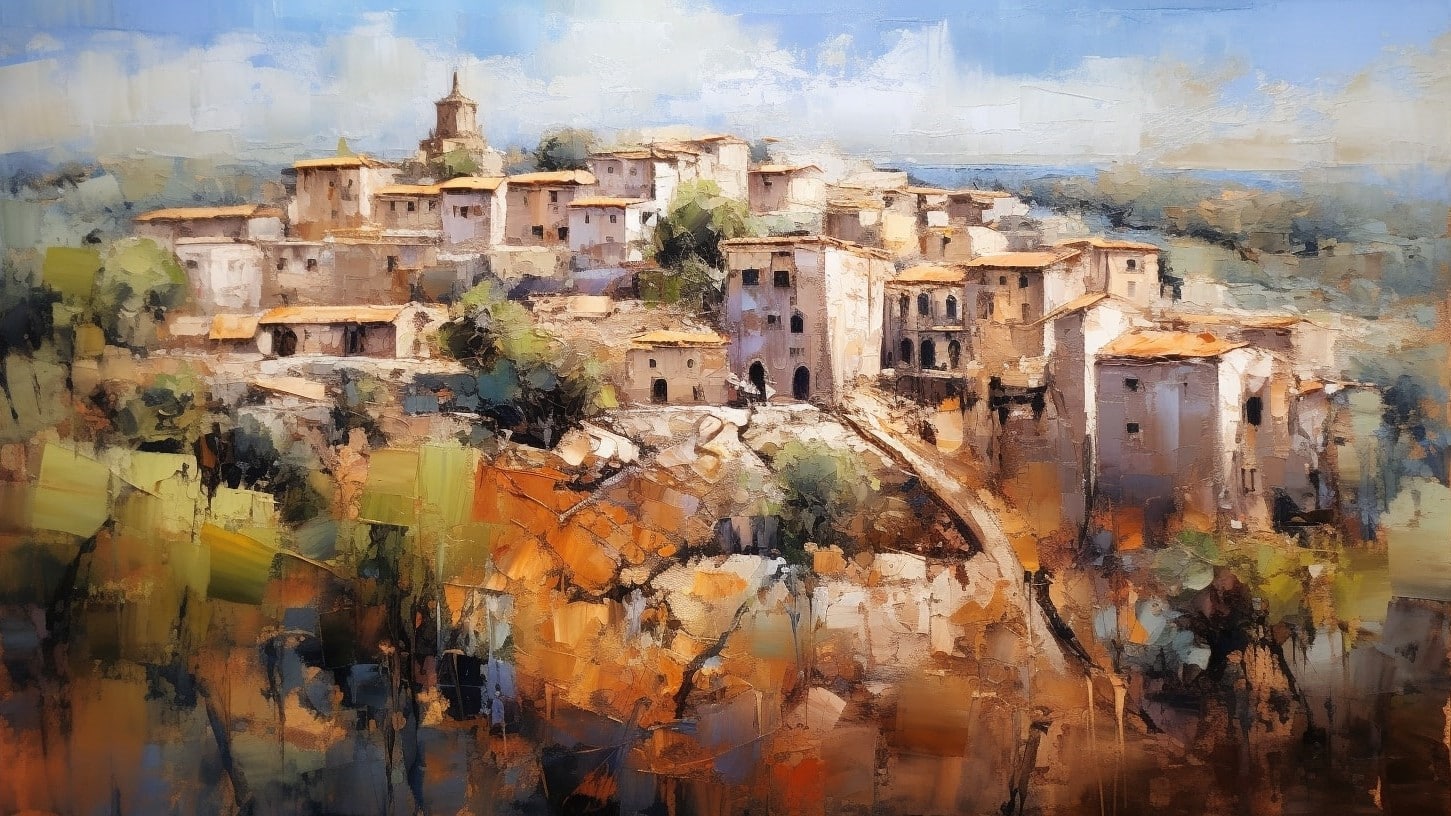
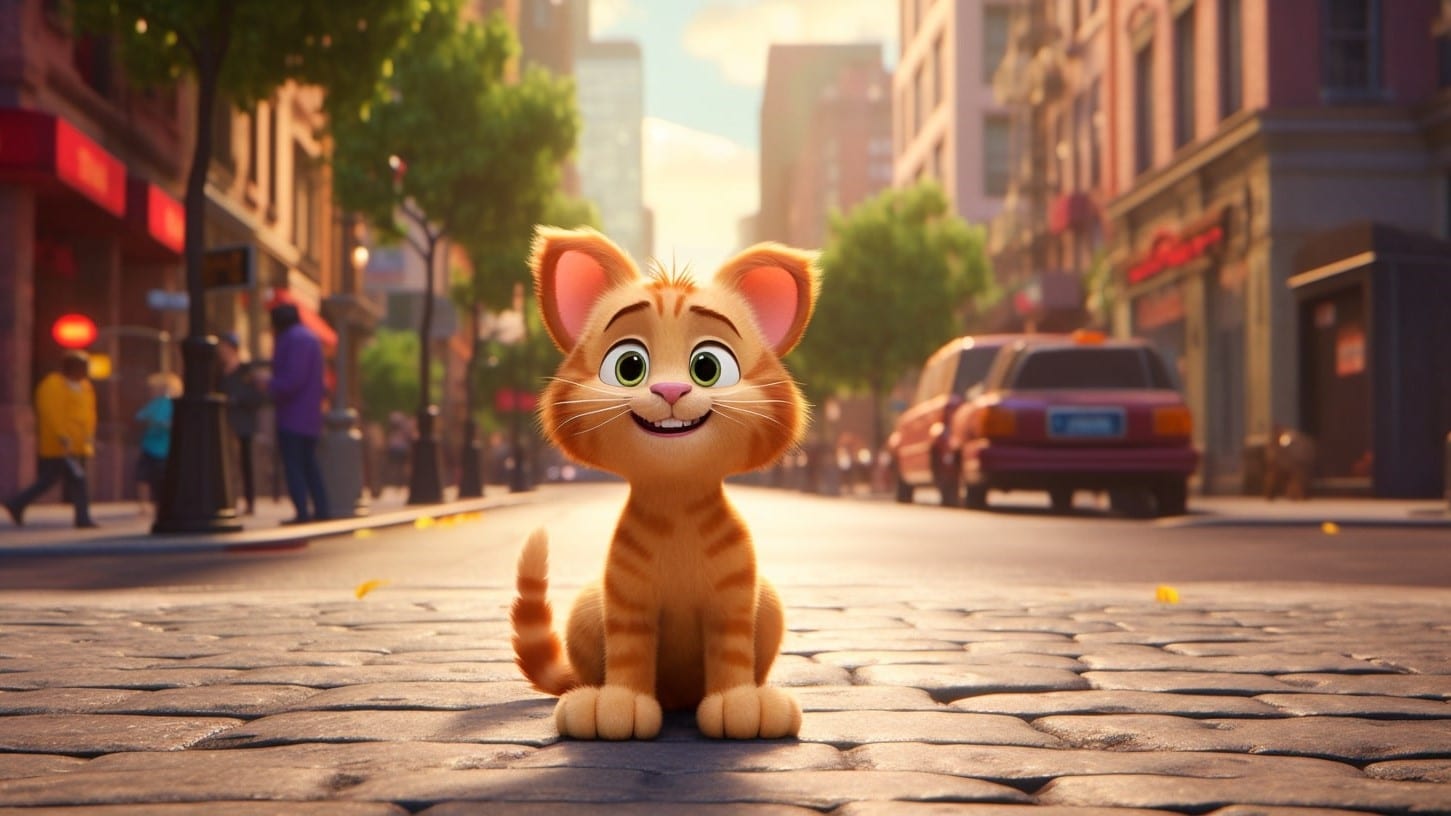
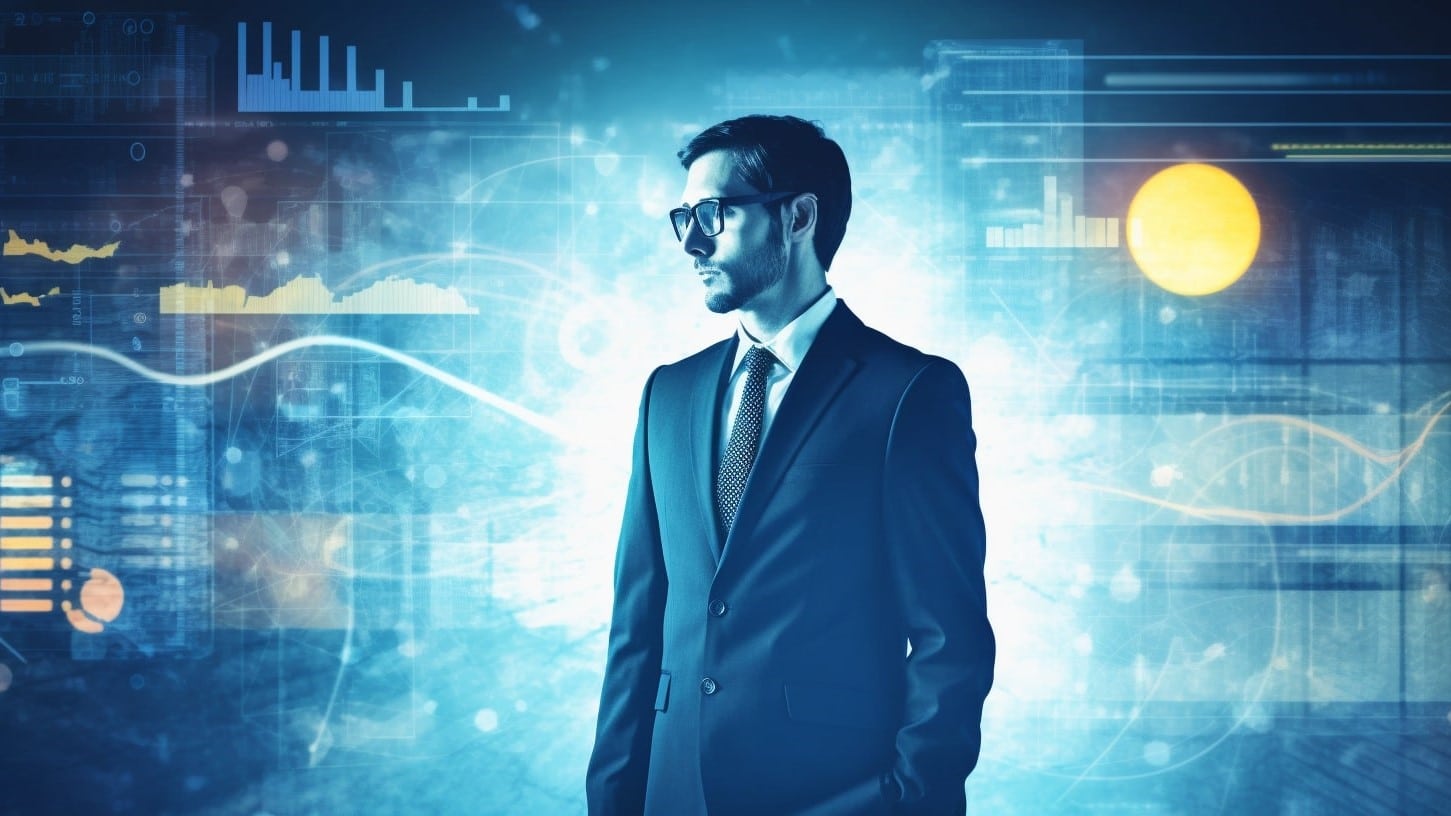

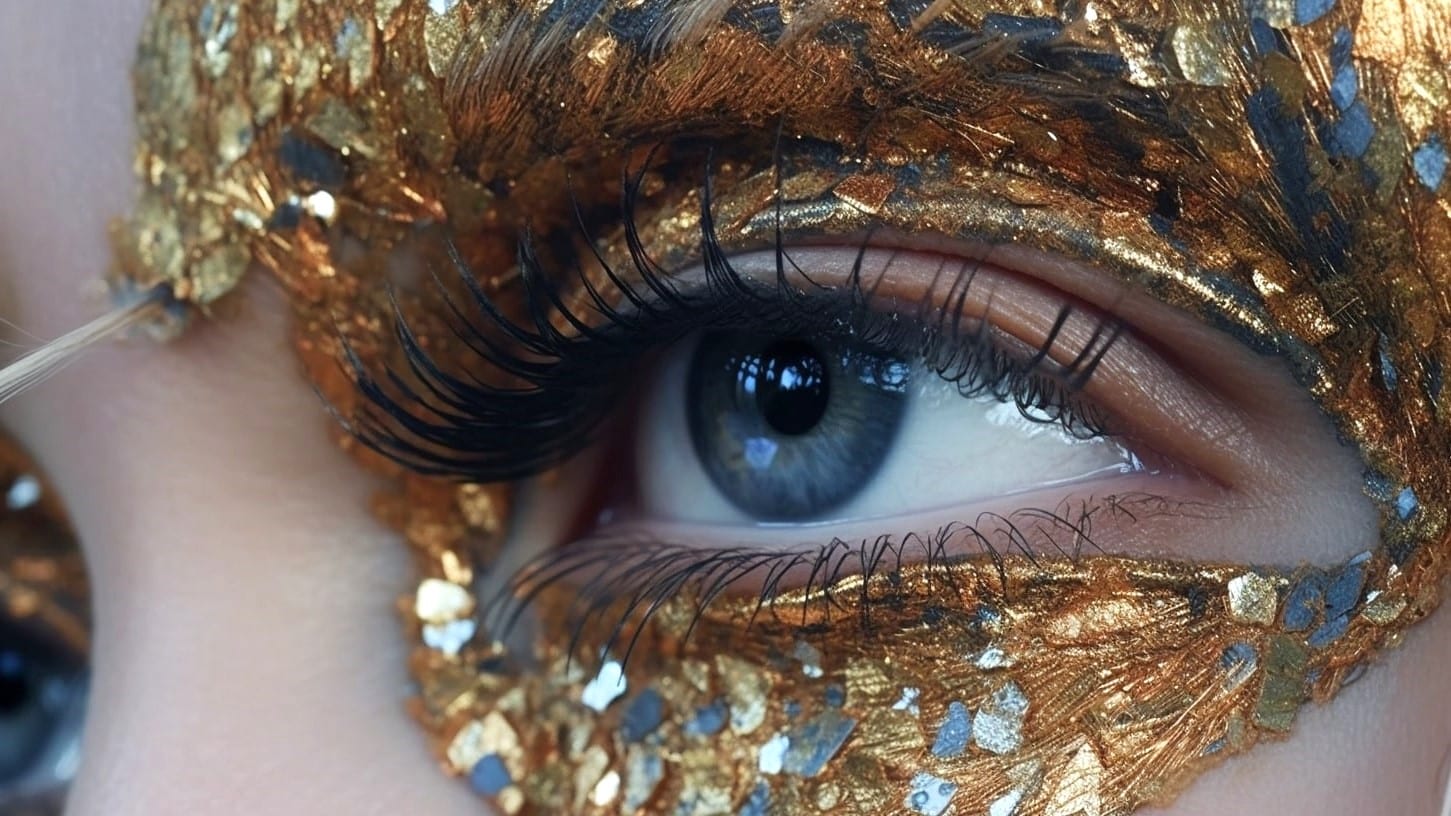
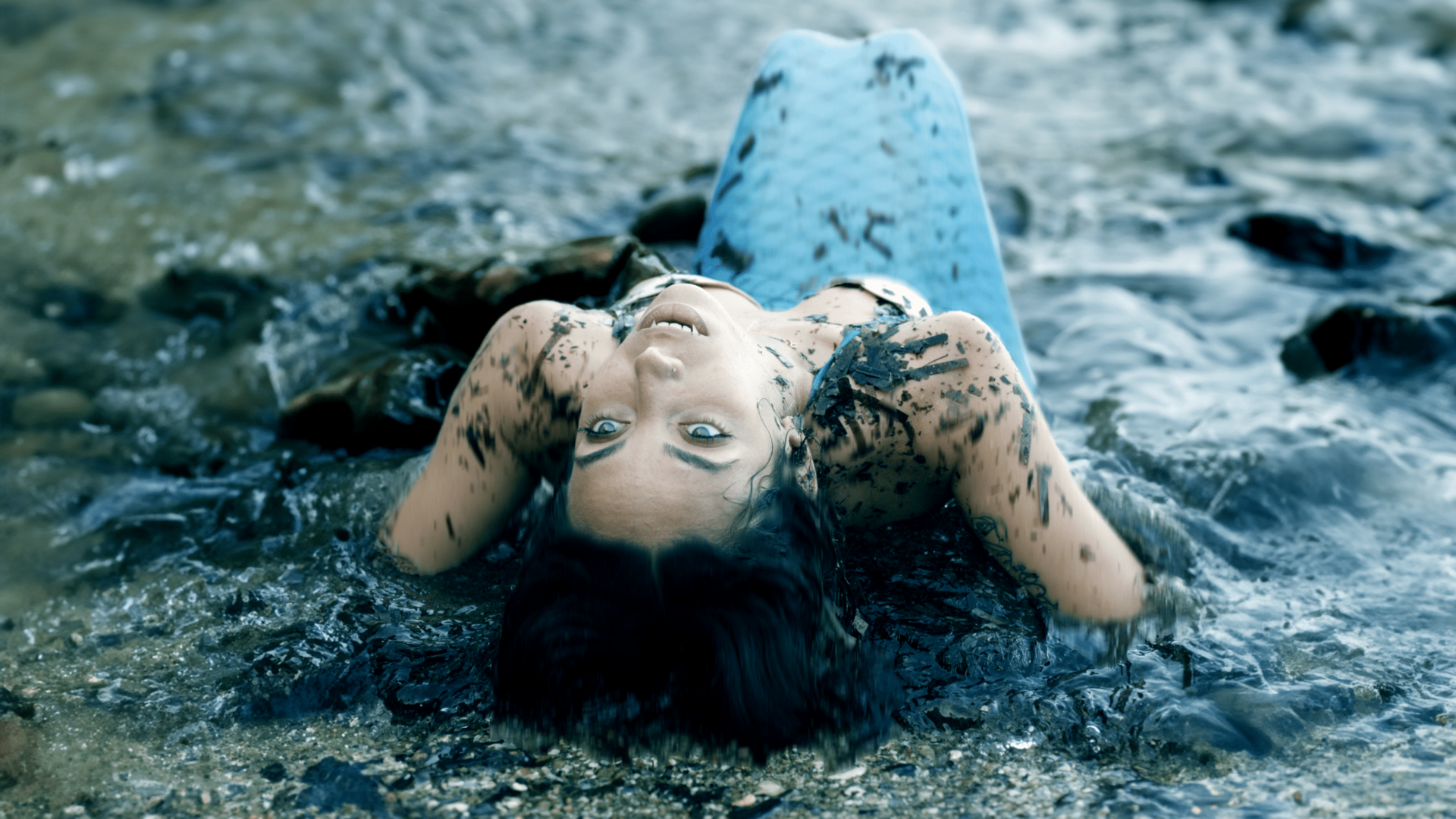

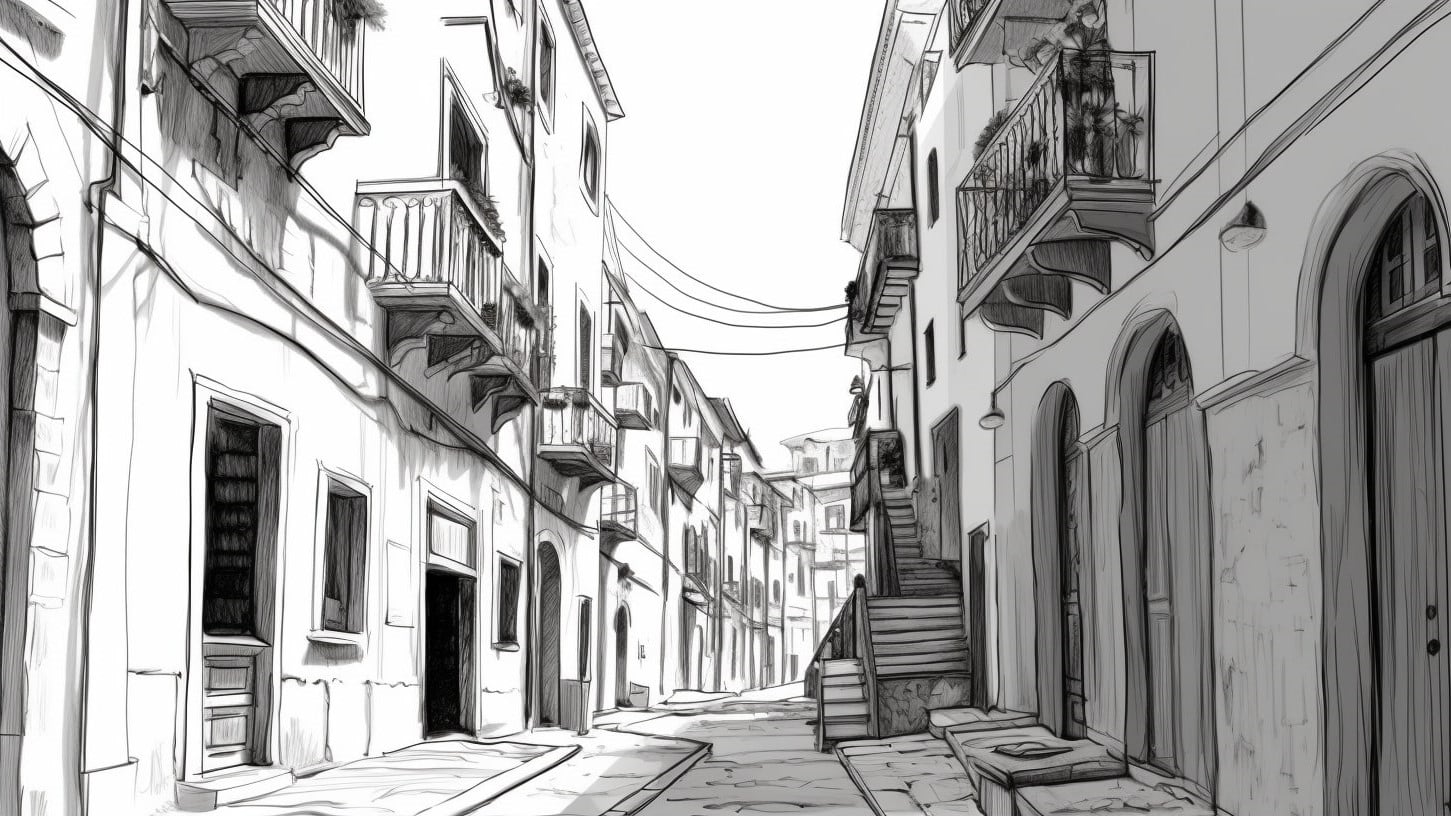
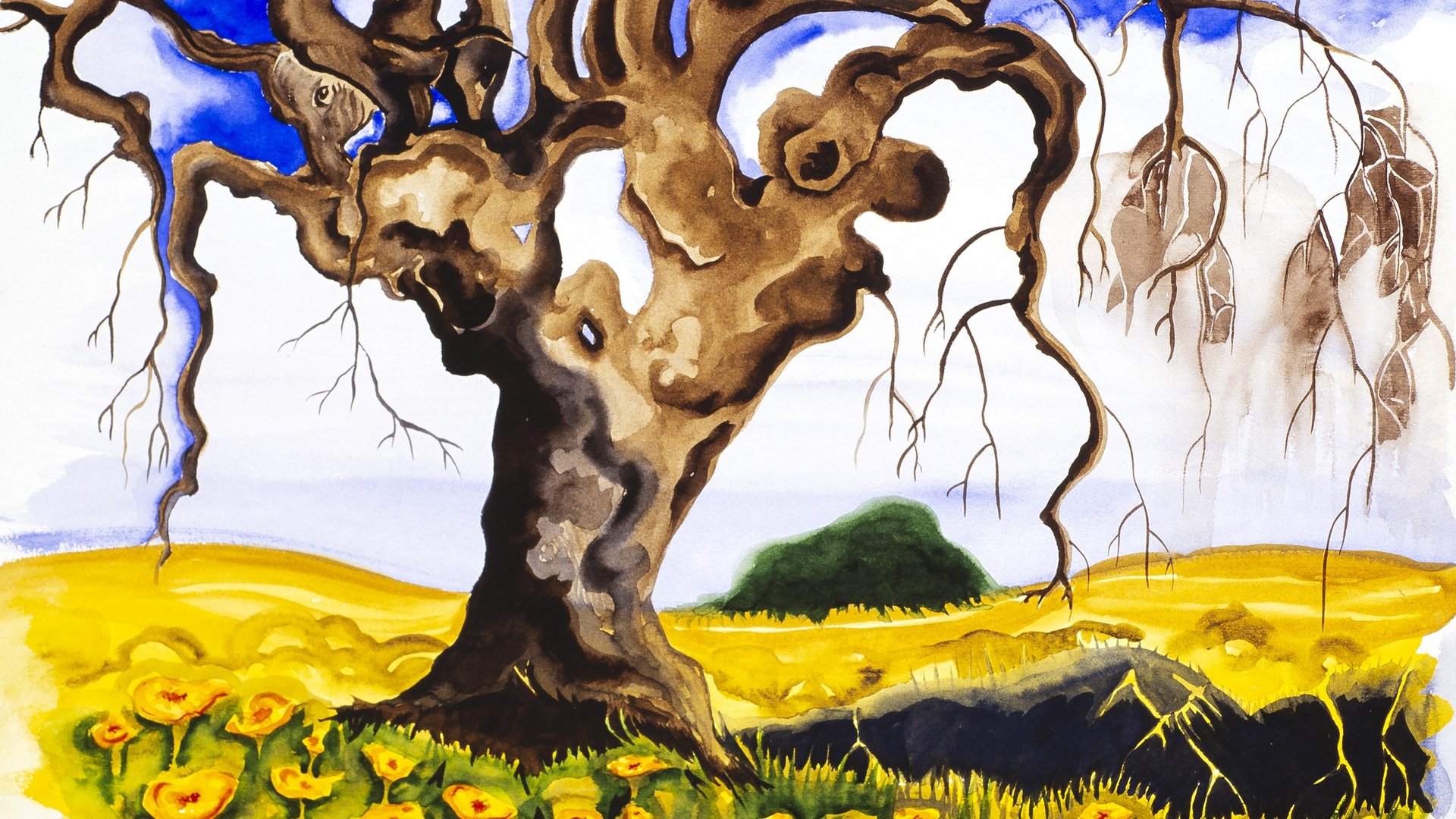
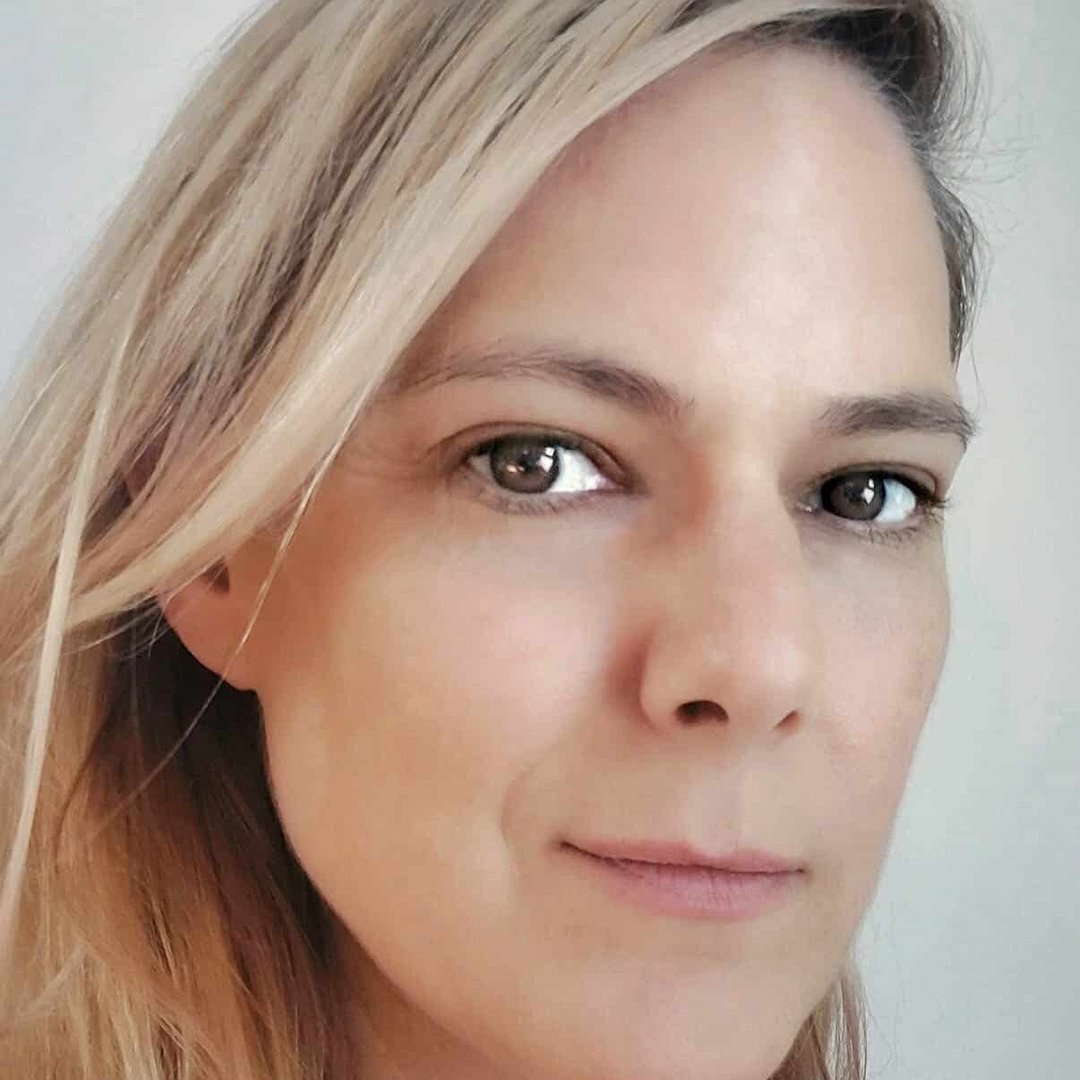

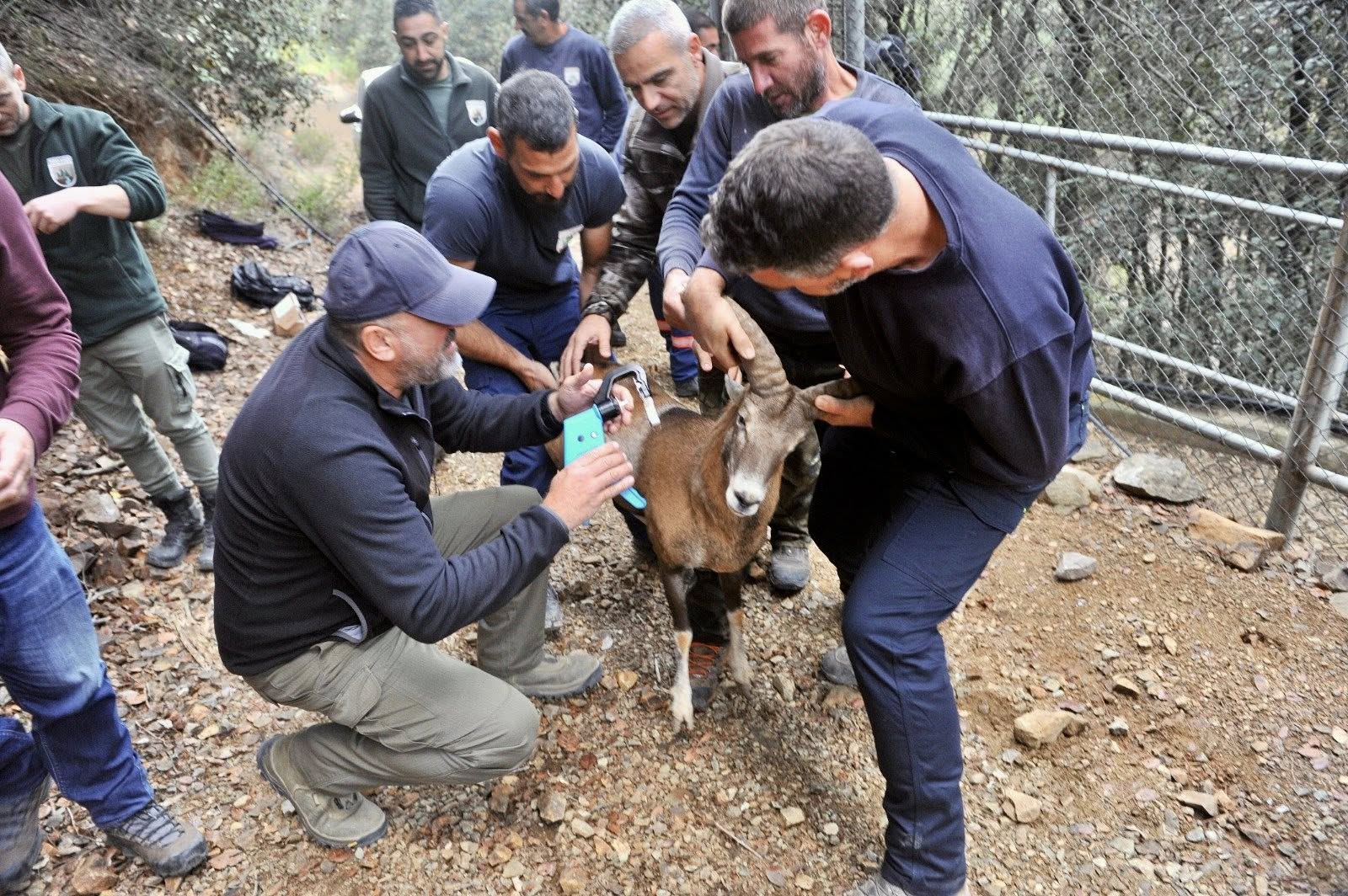
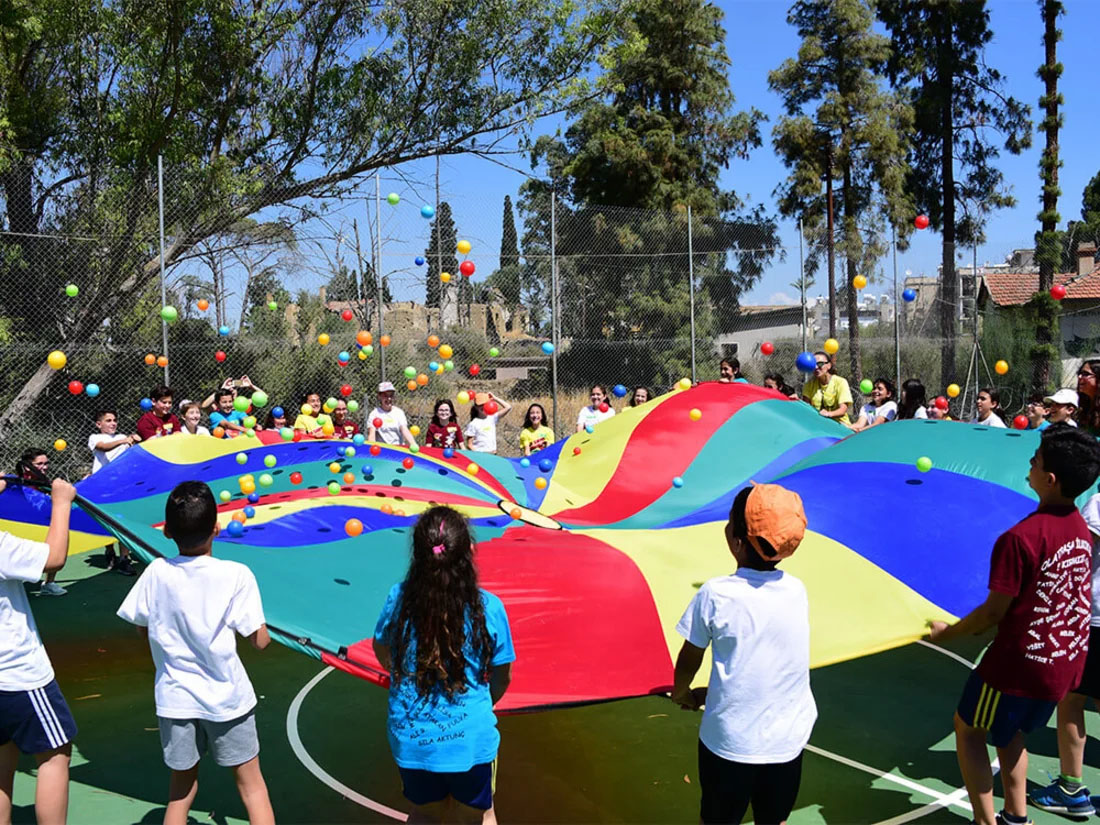

Click here to change your cookie preferences